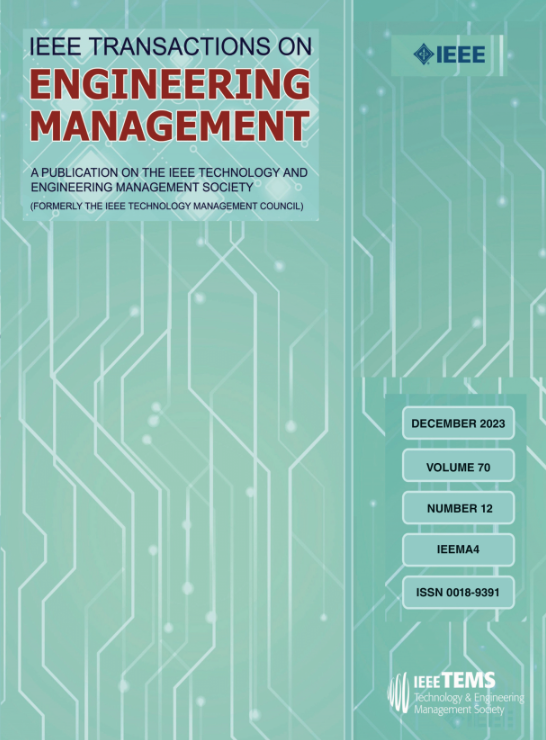通过以人为本的网络安全解决方案增强数字生态系统的弹性
IF 5.2
3区 管理学
Q1 BUSINESS
引用次数: 0
摘要
随着个人、社会和经济活动越来越多地转移到网上,潜在的数字生态系统正变得更加复杂,容易受到网络攻击。虽然传统的网络安全解决方案通常针对技术威胁,但它们往往忽视了人为因素。人类的感知、行为和决策显著地影响系统安全性,然而大多数当前的方法都不能充分地处理这些因素。本文通过引入一个解释与人类相关的网络安全数据的系统来填补这一空白。它集成了多种数据类型,包括用户活动日志和行为指标,并采用结构化分类方法更有效地评估与用户相关的风险。在这项工作中还提出了一个参考模型,将零信任安全(没有用户或设备本身是受信任的)与响应单个用户配置文件的自适应信任框架相结合。该系统是根据既定的机器学习方法进行评估的,例如支持向量机和随机森林,使用公开可用的数据集来模拟良性和恶意活动。我们评估了它在风险分类和降维方面的表现,报告了精度、召回率和f1分数等标准指标。结果表明比基线模型提高了11%。除了技术验证之外,我们还进行了用户研究,以评估可用性和用户情绪。参与者回答了打分量表和开放式问题。定量反馈强调了满意度和可用性的提高,而定性反馈则分析了情绪、积极、中性或消极。对用户友好的安全措施的认同增加了15%。这些发现表明,将人类情境数据与自适应安全框架相结合,可以提高网络安全系统的技术效率和用户一致性。本文章由计算机程序翻译,如有差异,请以英文原文为准。
Augmenting Digital Ecosystem Resilience Through Human-Centric Cybersecurity Solutions
As personal, social, and economic activities increasingly shift online, the underlying digital ecosystems are becoming more complex and susceptible to cyberattacks. While conventional cybersecurity solutions often target technical threats, they frequently overlook the human element. Human perceptions, behaviours, and decisions significantly affect system security, yet most current approaches fail to address these factors adequately. This paper fills that gap by introducing a system that interprets human-related cybersecurity data. It integrates multiple data types, including user activity logs and behavioural indicators, with a structured classification method to assess user-related risks more effectively. A reference model is also proposed in this work, combining zero-trust security (where no user or device is inherently trusted) with an adaptive trust framework that responds to individual user profiles. The system is evaluated against established machine learning methods, such as support vector machines and random forests, using a publicly available dataset that simulates both benign and malicious activity. We assess its performance in both risk classification and dimensionality reduction, reporting standard metrics such as precision, recall, and F1-score. Results indicate an 11% improvement over baseline models. Beyond technical validation, we conducted a user study to evaluate usability and user sentiment. Participants answered rating-scale and open-ended questions. Quantitative feedback highlighted improved satisfaction and usability, while qualitative responses were analysed for sentiment, positive, neutral, or negative. A 15% increase in agreement with user-friendly security practices was observed. These findings suggest that integrating human-context data with adaptive security frameworks enhances both technical efficacy and user alignment in cybersecurity systems.
求助全文
通过发布文献求助,成功后即可免费获取论文全文。
去求助
来源期刊

IEEE Transactions on Engineering Management
管理科学-工程:工业
CiteScore
10.30
自引率
19.00%
发文量
604
审稿时长
5.3 months
期刊介绍:
Management of technical functions such as research, development, and engineering in industry, government, university, and other settings. Emphasis is on studies carried on within an organization to help in decision making or policy formation for RD&E.
 求助内容:
求助内容: 应助结果提醒方式:
应助结果提醒方式:


